The leaves have an almost triangular shape with pointed lobes that aren't as defined as the leaves in the courgettes pictured beneath Cucumber Seedling cucumber seedling Courgette seedlings Much larger leaves with more defined shapes, usually has three or five lobes Please help me identify the Squash that ate EVERYTHING I like Hi Permies!This squash came up on its own I was so sure I would be able to identify once the fruit sets But I can't The larger squash is about 4" long and 2" wide It's about 4 days old The plant has tendrils and the leaves are silvery Can anyone tell me what kind of squash it is
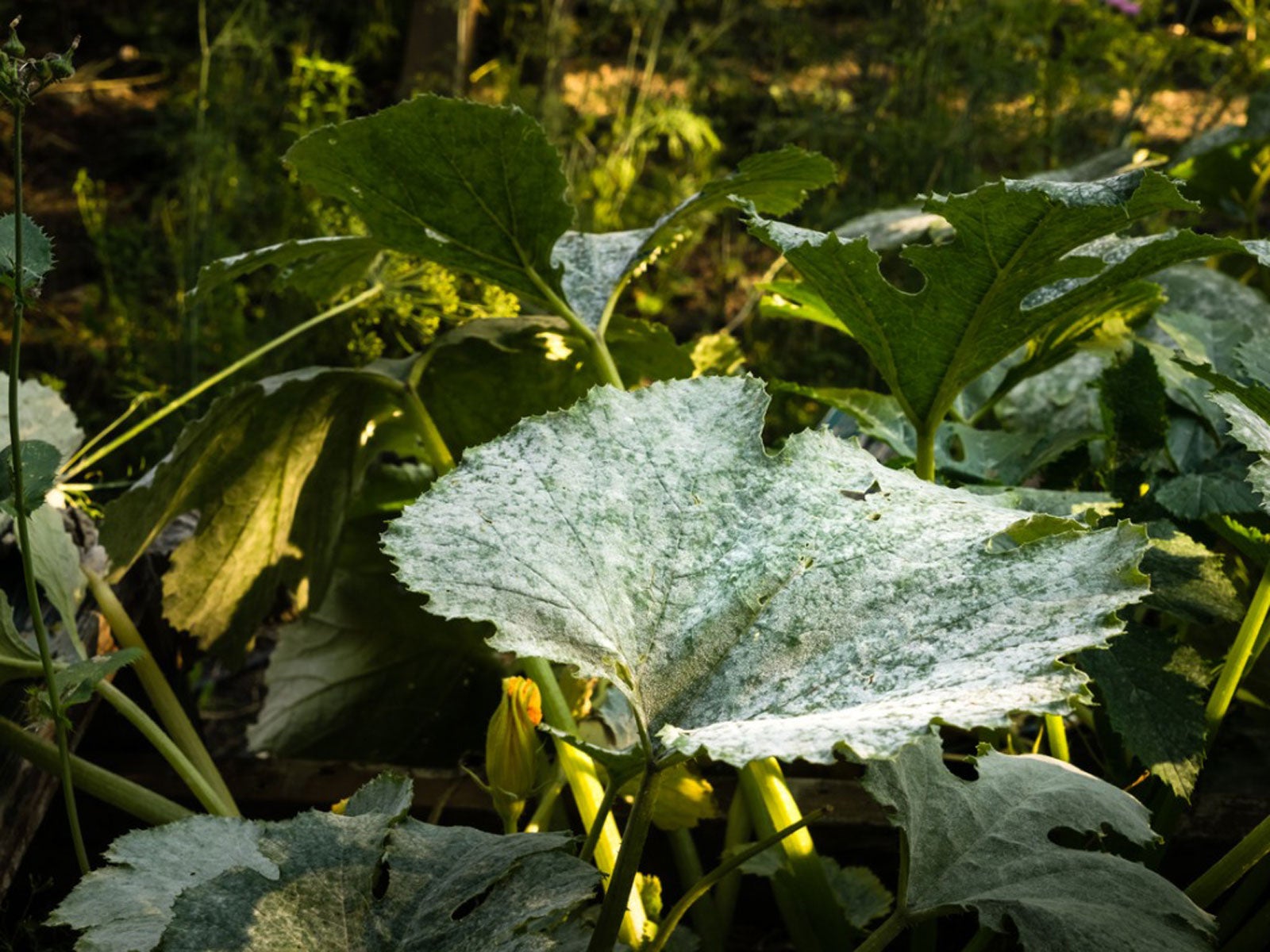
Squash With Mildew What To Do When Squash Leaves Have Powdery Mildew
Identification spaghetti squash leaves
Identification spaghetti squash leaves-Identification How to Identify Squash Bugs The adult suqsh bug is a flatbacked insect that's fairly large (over ½inch long) They are usually dark gray to dark brown The edges and undersides of the abdomen have orange stripes They are able to fly, but they often simply walk around on plants Squash pest problems A less likely but still possible reason for your squash leaves to be turning yellow is the result of pests bugging your plants White flies, spider mites, leafhoppers, and aphids all love to chow down on your squash and will do so with zeal Squash are also vulnerable to disease



How To Identify Squash
The squash beetle feeds upon the leaves of cucurbits The other species, the Mexican bean beetle (Epilachna varivestis), a close relative of the squash beetle, is a serious bean pest The adult of the squash beetle overwinters in crop debris All other lady beetles are beneficial because they feed on insect pests, such as aphids and scale insectsCucurbita (Latin for gourd) is a genus of herbaceous vines in the gourd family, Cucurbitaceae (also known as cucurbits or cucurbi) native to the Andes and Mesoamerica citation needed Five species are grown worldwide for their edible fruit, variously known as squash, pumpkin, or gourd, depending on species, variety, and local parlance, and for their seeds Other kinds of gourd, alsoThis vigorous squash plant volunteered in my garden row I was certain before it fruited that it would be a butternut or spaghetti squash (the plants that grew in the same spot last year) However, it does not appear to be either
Growing squash plants isn't difficult once you know the basics for the proper care of squash Learning how to grow squash successfully includes becoming familiar with the types of squash grown, what conditions they prefer, and common squash pests or diseases that may affect them So to find out more about growing squash plants, continue reading for advice on the generalCrook neck (yellow, narrow bent neck, wider blossom end) pattypan or scallop, scallopini (white,green,yellowround and flat disc with scalloped edges) globe (dark green with white stripes, round) cozelle (light green and white or grey, cylindrical) delicata (cream or yellow with green stripes, and orange flesh oval or pear shaped) SquashWinterBasic requirements Squash is a warmseason crop, requiring lots of sun and good drainage to develop optimally and growing best at temperatures between 18 and 25°C (65–75°F) Squash will yield best if grown in a fertile, welldraining soil, rich in organic matter and with a pH between 65 and 75 Squash should be planted in full sun and provided with ample soil moisture due to their
The orange varieties of spaghetti squash will have a rich content of carotene and it contains several large seeds at its center The flesh of such variety of spaghetti will be orange or bright yellow The flesh of the spaghetti squash will be solid The spaghetti strands were also thinner and shorter If these are Spaghetti squash, why the change of appearance? Instructions Wash leaves well In a large soup pot, sauté onion in oil over medium heat until onion begins to turn translucent – about 8 minutes Meanwhile, cut the greens into 1 to 1 ½inch pieces or strips Turn heat to mediumhigh Add garlic and greens to pot and sauté for about 3 minutes




How To Identify Cucumbers Squashes Melons
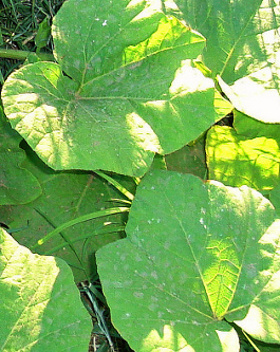



Vegetable Seedling Identification Squash Seedlings
Naturally low in fat and calories, the winter squash family delivers significant nutritional benefits For example, one cup of baked butternutCould they be a hybrid of some other squash?If these are a new variety, where did the old Spaghetti squash plants go?
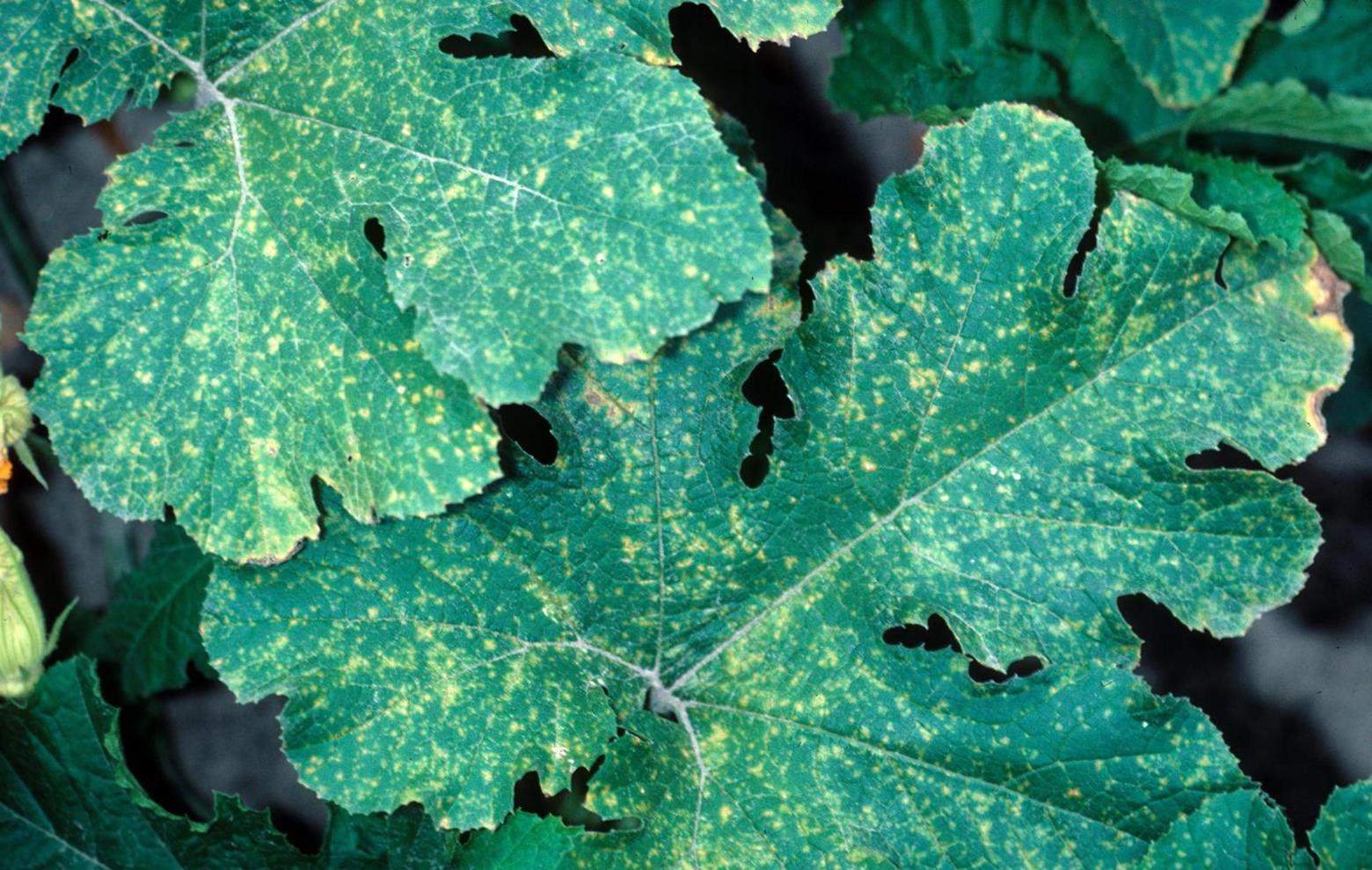



Squash Diseases And Pests Description Uses Propagation



Summer
Can anyone identify what it is?Spaghetti squash is classified as a winter squash A good rule of thumb to keep in mind before shopping is that winter squash is available during the late summer, fall and winter Look for squash with broad leaves and yellow flowers if you are buying squash directly from a garden The plant flowers from late July to September From Acorn to Spaghetti, Here Are 9 Common Types of Winter Squash You're probably familiar with some of the most common types of squash—acorn, spaghetti, butternut, and pumpkin (yep, it's a squash!)—but there are many other winter squash varieties worth adding to your grocery list




Forager S Harvest July 11




Squash Growing Problems And Solutions
My trap plants are growing well by the time I plant my summer squash, and serve as indicator plants when squash bugs become active Adult squash bugs spend a lot of time hanging out on squash leaves, looking for love, and then the females head to leaf undersides to lay groups of shiny brown eggsYou can identify the seedlings of young squash quickly, as they start to produce the puckered, toothed leaves characteristic of the adult plant Squash leaves mature to be large, green, often hairy and rough Squash leaves will also present with toothed edges and pucker or wrinkle marginally around the veinsWinter Squash Cucurbita maxima, pepo, moschata • Family Cucurbitaceae • Native to Americas • Warm season, herbaceous annual • May be determinate or indeterminate • Leaves are 3lobed or entire • Plants are monoecious • Can cross pollinate with other cultivars of the same species • Hard rinds make them good for storage




How Do I Grow Winter Squash Planting Care Guide Joegardener
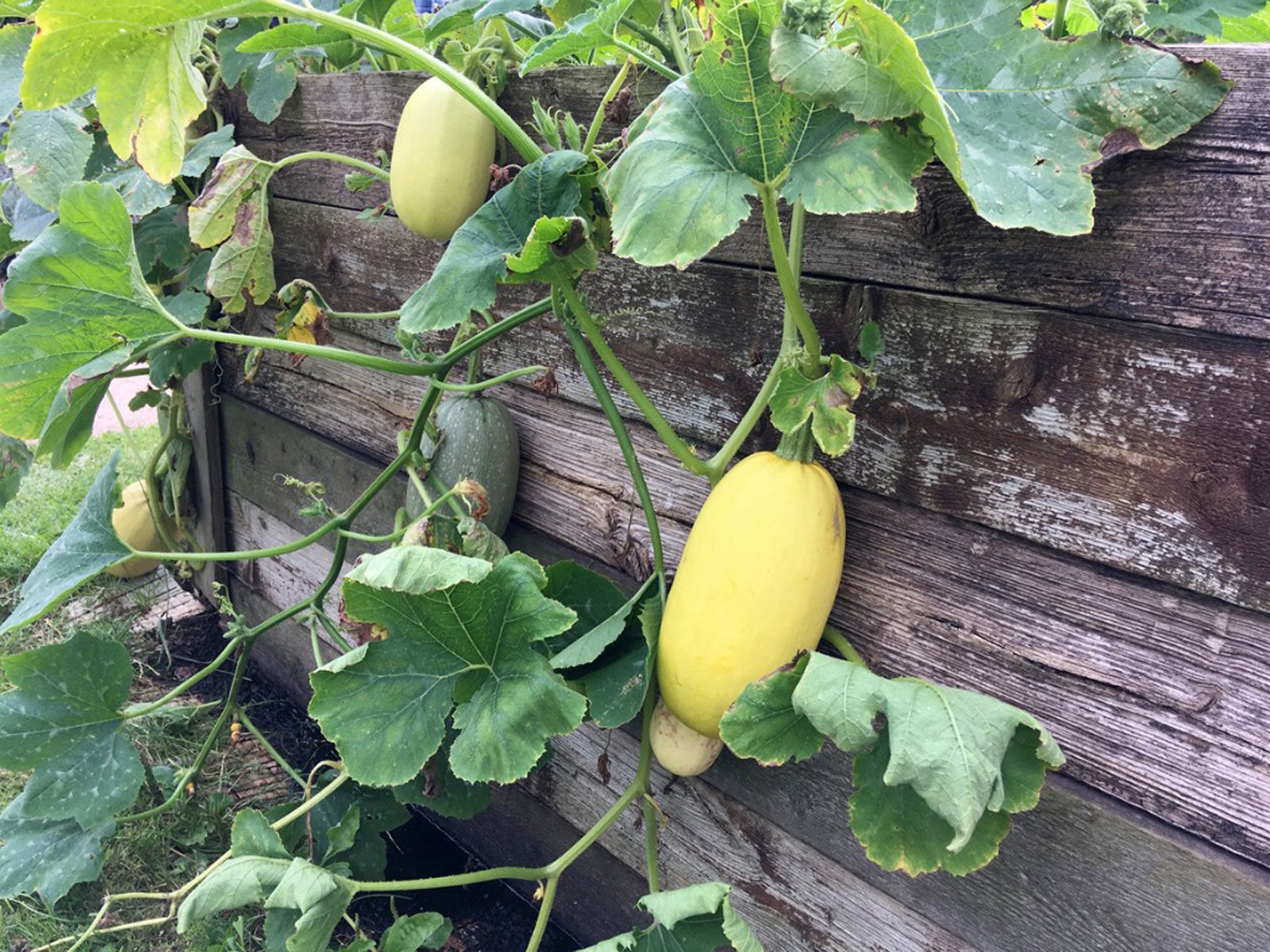



Spaghetti Squash Growing How To Grow And Store Spaghetti Squash
It's all a part of that Birds and Bees story your mother told you and when it comes to squash plants, the emphasis is definitely on the bees Whether it's the summer varieties such as zucchini squash, crook neck squash, and straight yellow squash or winter types like butternut squash, spaghetti squash, and acorn squash, all squash have one The fruit of the species C moschata presents with smooth leaves that are often mottled, displaying very large, rounded flowers The stem is normally fivesided and flares out where it attaches to the fruit Ripe fruits are tan in color, and The white ones appear to be white acorn squash, the green (with orange) are regular acorn squash, and the white and green appear to be delectica squash, with the rounder one probably a "sweet dumplin" variety Yes, cook them all the same, but the acorns and delectica with be pale inside



Growing Squash How To Plant Grow Harvest And Store Eartheasy Guides Articles




How To Identify Spaghetti Squash
Your squash plants were healthy and green and lush, and then one day you noticed that the leaves were getting yellow Why are the leaves turning yellow?Yellow squash leaves are heartshaped and usually have smooth edges with a rough surface texture, although some leaves may develop slight indentations that make them appear threelobedA closeup inspection of the squash leaves reveals the culprit squash bugs While technically not a diseases, part of identifying plant diseases is also ruling out insect damage A careful inspection of the leaves reveals juvenile insects, such as the ones




Squash Bugs Northwest Center For Alternatives To Pesticides




Squash With Mildew What To Do When Squash Leaves Have Powdery Mildew
At the beginning of the disease, the leaves develop yellowish or watersoaked spots The spots expand turning brown then black The wet spots then dry up and fall out leaving a hole in the leaves Infected fruit will contain sunken cankerlike spots of various sizes The spread of Anthracnose can be halted or controlled in a few waysSquash Bugs No squash plants are safe from squash bugs The adults and juvenile forms suck the plant's sap and juices, damaging it and reducing the harvest Squash bugs lay their bronzecolored eggs on the leaves' underside, typically up to eggs at a timeHow do you identify squash leaves?




Identifying Squash Bugs Their Eggs Treatment Squash And Zucchini Trg 14 Youtube




Growing Spaghetti Squash From Seed To Harvest
Squash is originating from parts of North and Central America and being referred to by names such as acorn, butternut, spaghetti, zucchini, banana, and buttercup squash Depending on the cultivar, squash plants comprise of yellow or orange flowers as well as green, white or yellow edible fruit in many shapes and sizesRead here for reasons and fixes for yellow squash leaves You can tell the two species apart using the characteristics of leaf shape, prickles, and the fruit stem Pepo is pricklier and has more deeply indented leaves, and the leaf margins are more sharply toothed pepo – deeply indented and jagged (Zucchini) pepo – less deeply indented (Yellow Crookneck)
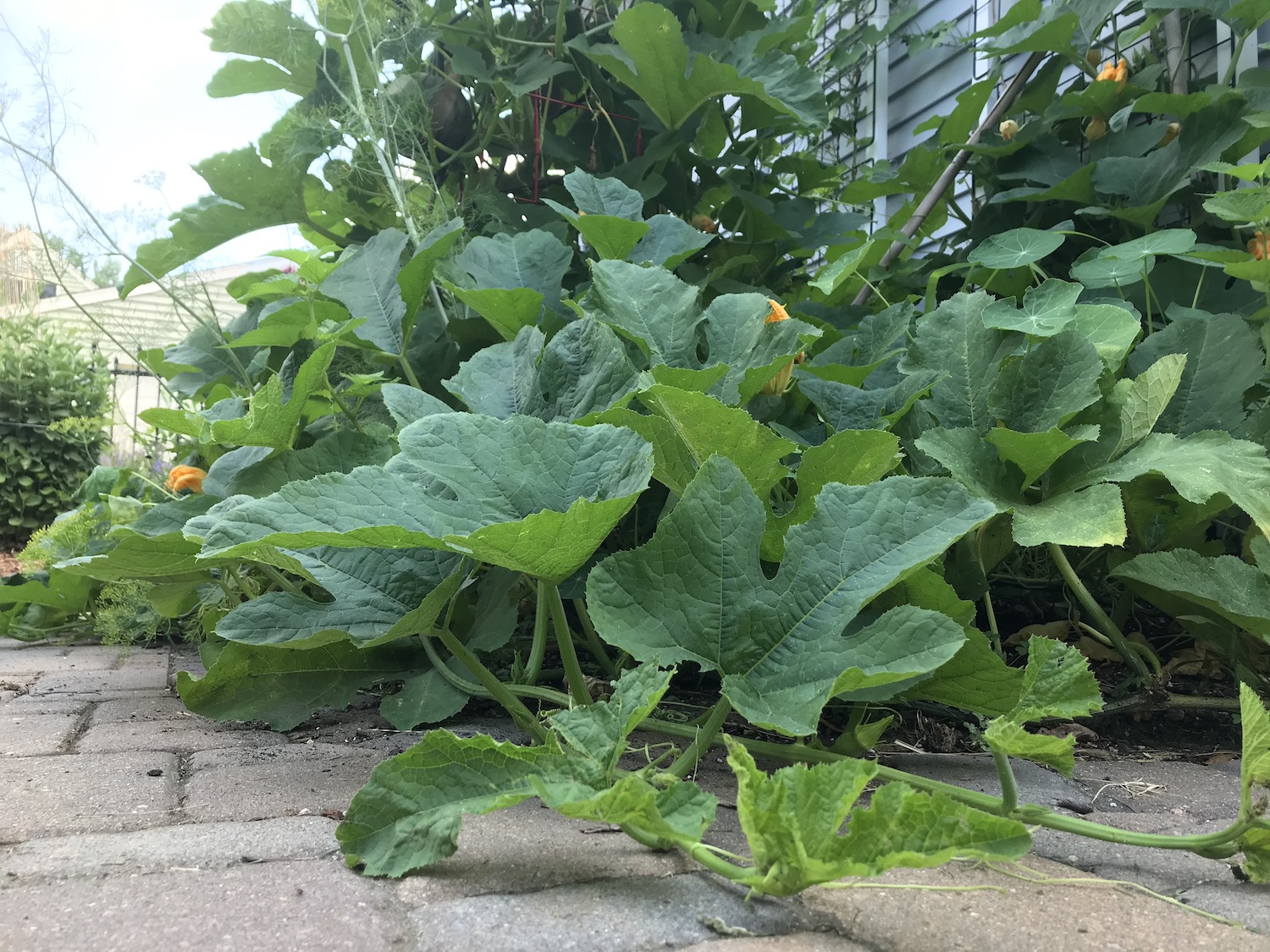



Can You Prune Squash Vines Minnesota State Horticultural Society



How To Identify Squash
I'm almost 100% sure it's some type of squash, but I don't know enough to tell what variety it is From what I can remember, I've put waste from zucchini, acorn, spaghetti, and butternut squashes in the compost pile There's also another smaller plant which looks very similar, but the leaves are a different shape In reality don't be surprised if they do turn out a little stringy like a spaghetti squash It looks like one may have been one of the "parents" There's always the chance it could also be some kind of gourd A couple years ago I planted what I thought to be a butternut squash It turned out to be a carnival squash The nutritious radish leaves, or "tops," may be eaten as well as the roots Learn how to grow radishes Radish seedlings Squash (Summer and Winter) While all squash will emerge with rounded cotyledons, squash seedling leaves will vary by type the more that they grow A summer squash will develop prickly, semitriangular, jaggededged leaves



Plant Identification Squash




More Squash Practice Differentiating Squash Species Squash Practice
Spaghetti squash is a type of winter squash that is grown on the vine It comes in season in autumn and is usually available throughout the winter months Spaghetti squash looks a bit like yellow, rounded footballs Once cooked and cut into, the flesh is easily shredded and appears a bit like its namesake, spaghetti You can treat this mildly flavored squash as you would pasta or Squash leaves mature to be large, green, often hairy and rough Squash leaves will also present with toothed edges and pucker or wrinkle marginally around the veins The flowers bloom yellow or




White Veins On Squash Leaves




What Type Of Squash Is Growing Out Of My Compost Pile Gardening Landscaping Stack Exchange




How To Identify Squash Seedlings
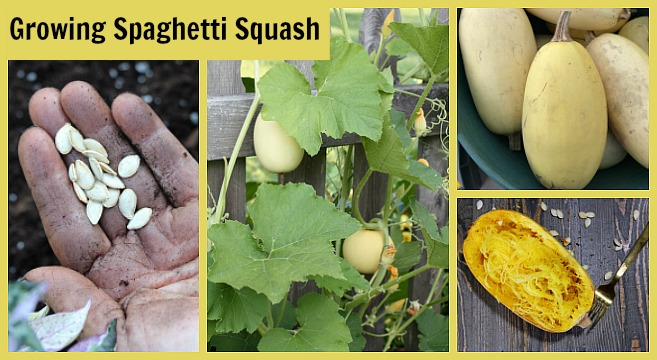



Growing Spaghetti Squash From Seed To Harvest
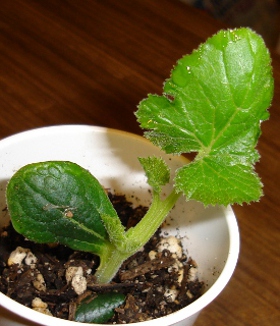



Vegetable Seedling Identification Squash Seedlings




White Spots On Squash Leaves Oh No



I Need Help Indentifying My Squash Issues Plants Forum At Permies
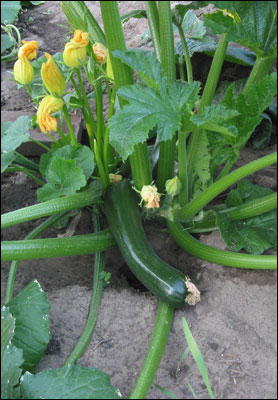



Plant Id Vegetables Squash Zucchini Florida Master Gardener Volunteer Program University Of Florida Institute Of Food And Agricultural Sciences
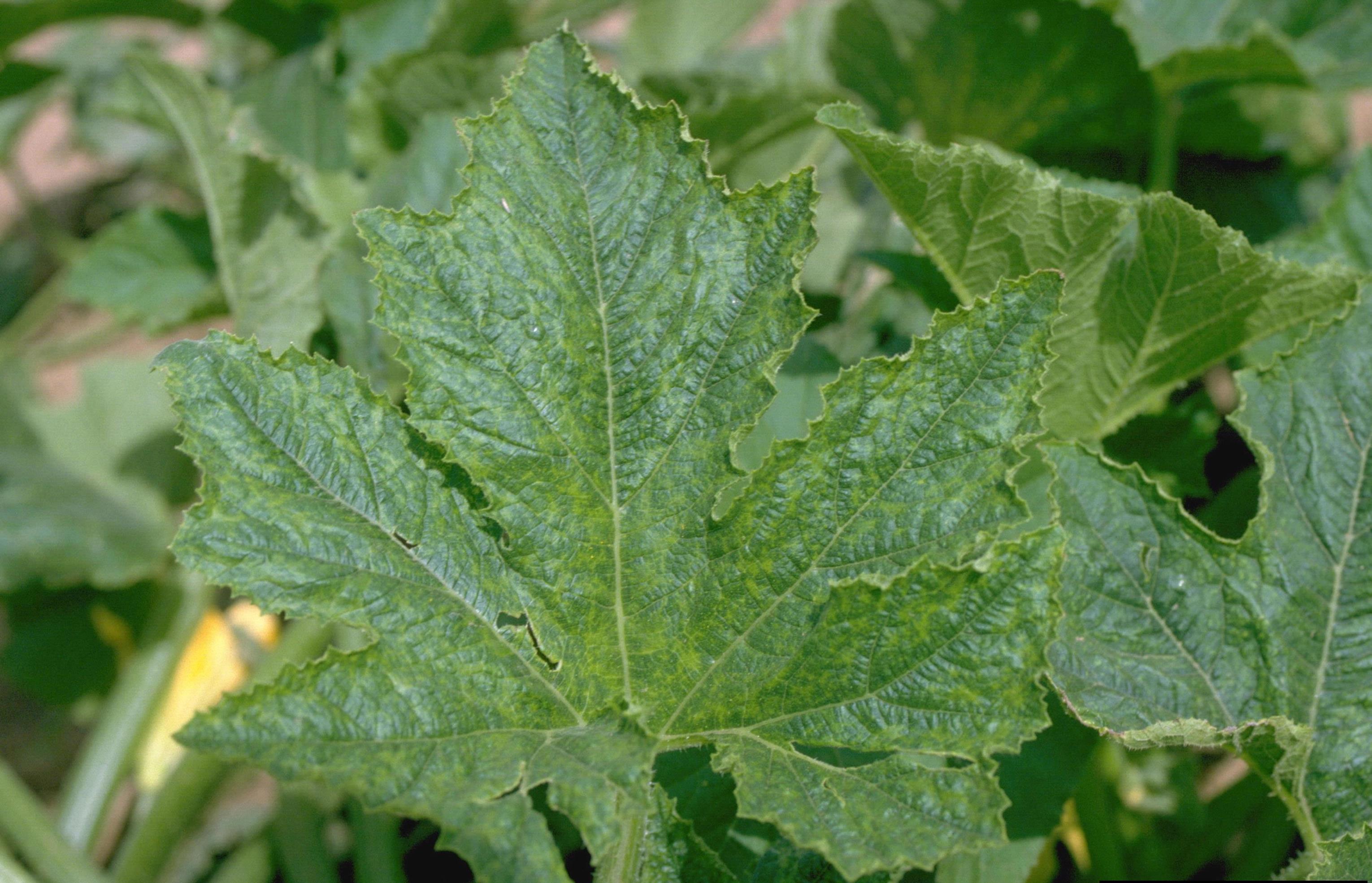



Squash Diseases And Pests Description Uses Propagation




Growing Spaghetti Squash From Seed To Harvest




Csa Week 15




The Complete Guide To Growing Winter Squash Gardener S Path




Forager S Harvest July 11




Anthracnose How To Identify And Treat Squash Fungus Thistle Downs Farm




How To Get Rid Of Squash Bugs Homestead Acres




More Squash Practice Differentiating Squash Species Squash Practice
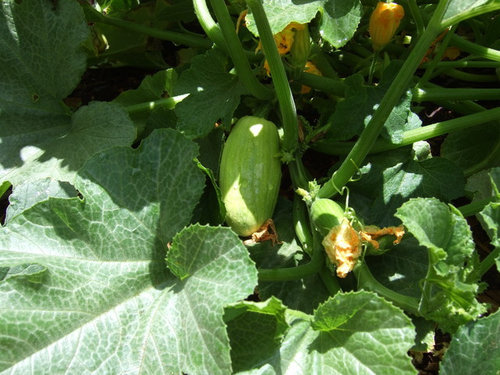



Squash Identification



How To Identify Squash
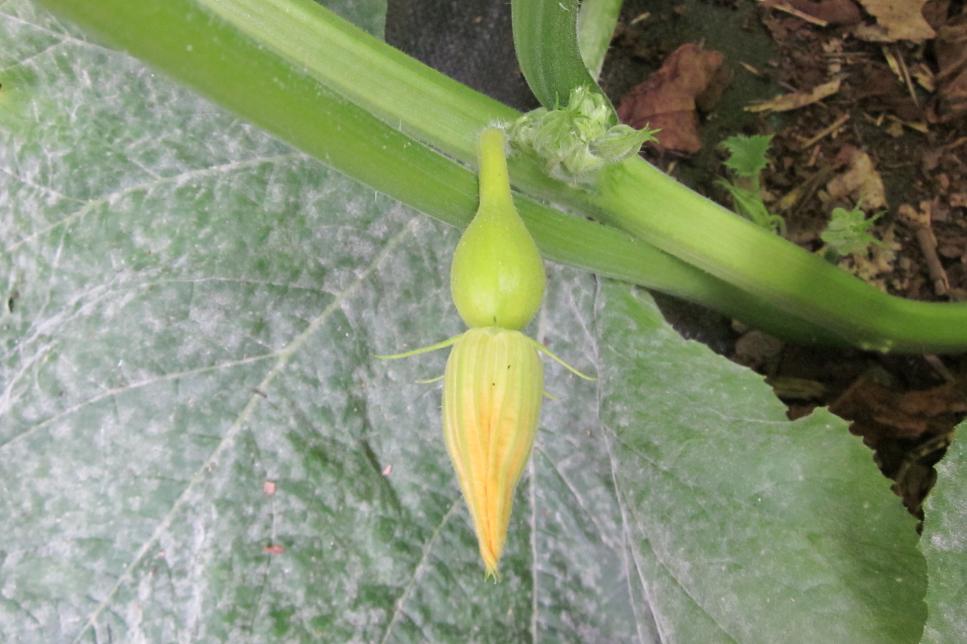



What S Wrong With My Squash Hgtv



1




Identifying Squash Plants By Leaves Gardening Dream




Squash Leaf Discoloration Id Tomatoville Gardening Forums




Plantfiles Pictures Cucurbita Spaghetti Squash Winter Squash Vegetable Spaghetti Cucurbita Pepo By The One Zenith



Zucchini



How To Identify Squash Melon Plants



Growing Squash How To Plant Grow Harvest And Store Eartheasy Guides Articles




Squash Leaf Identification Squash And Awe




14 Common Problems With Spaghetti Squash




Don T Let This Happen To Your Squash Pumpkin Plants Youtube



How To Identify Squash




How To Get Rid Of The White On Squash Leaves




Reasons And Fixes For Yellow Squash Leaves
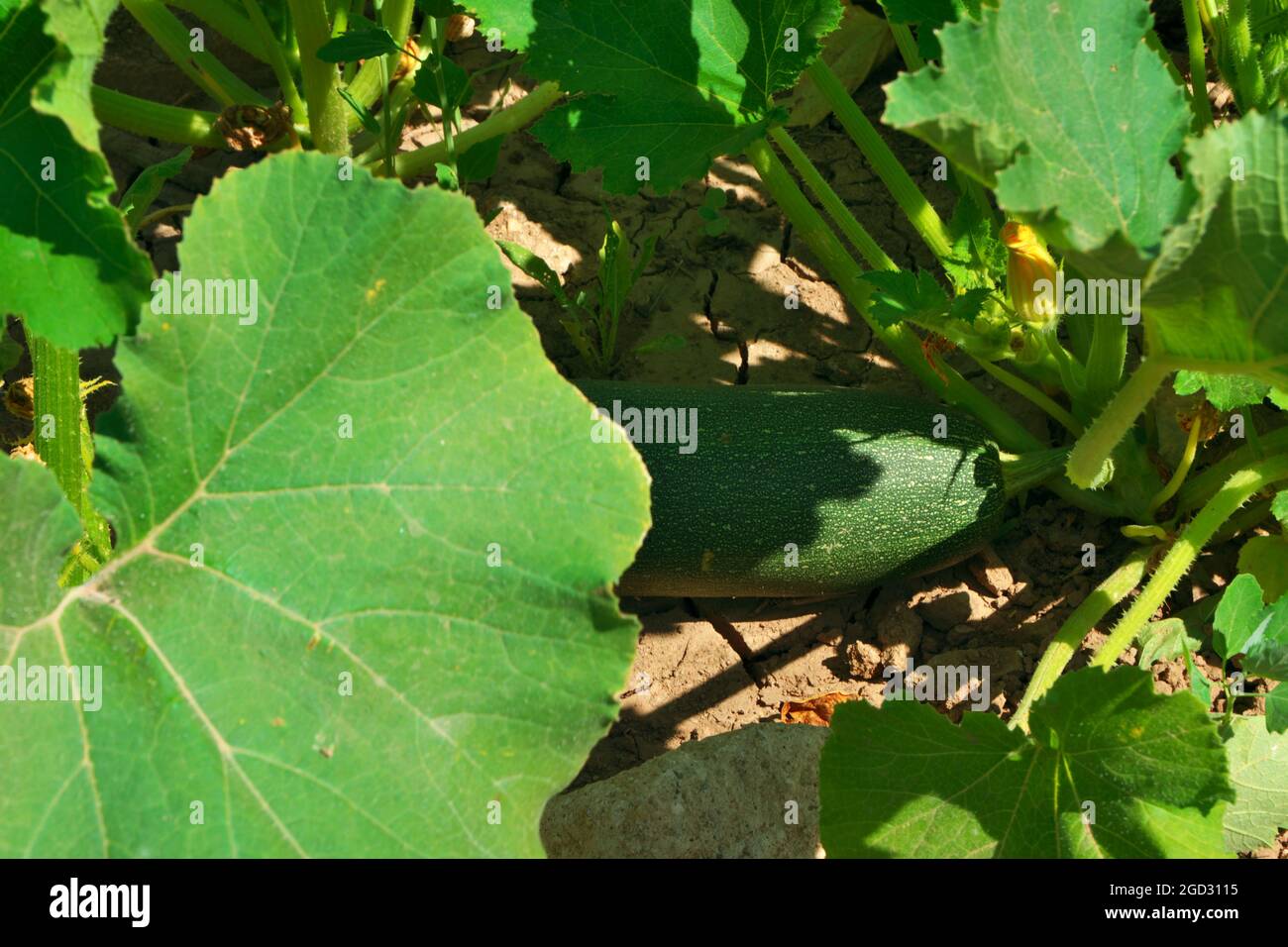



Vines Google Search



How To Identify Squash
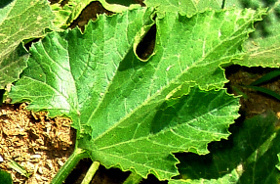



Vegetable Seedling Identification Squash Seedlings



Cucumber Squash Melon Other Cucurbit Insect Pests Home Garden Information Center




Best Fertilizers For Asparagus Top Picks Buying Guide




Does The Yellow Squash Plant Look Like A Pumpkin




Squash Leaf Identification Squash And Awe




More Squash Practice Differentiating Squash Species Squash Practice




Tending Squash Zucchini White Leaf Markings And Mulching For A Disease Splash Barrier Trg 15 Youtube




More Squash Practice Differentiating Squash Species Squash Practice



Mystery Squash Identification Helpfulgardener Com
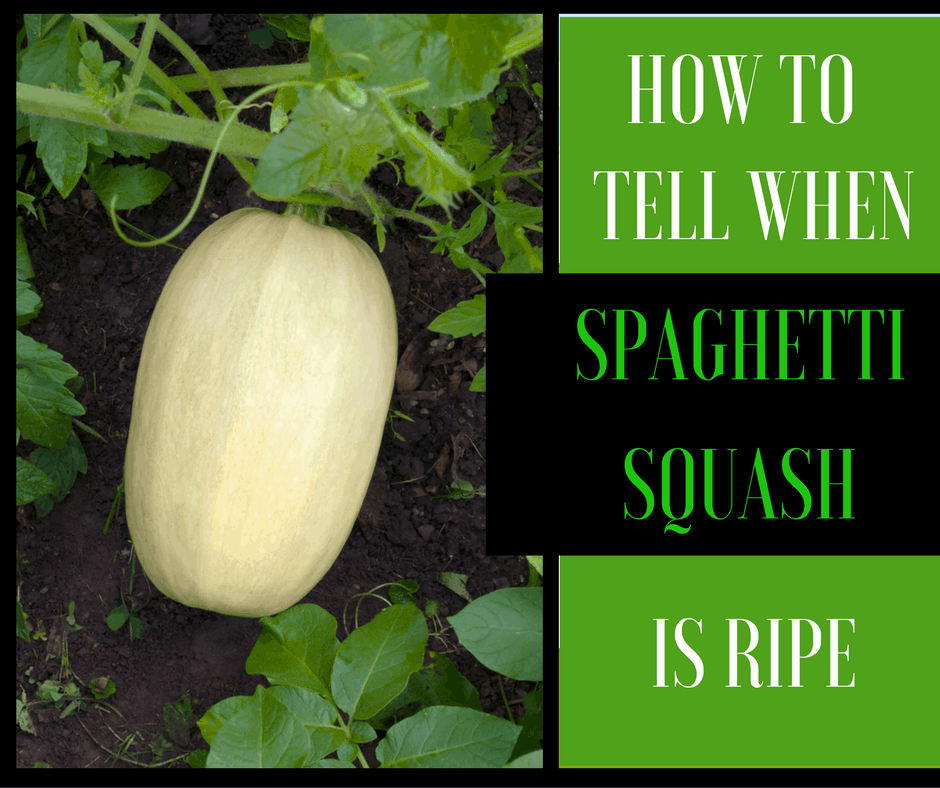



Best Fertilizers For Asparagus Top Picks Buying Guide




Squash Diseases And Pests Description Uses Propagation
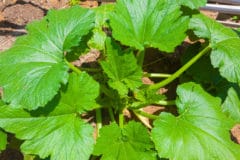



Squash Leaves Everything You Probably Didn T Know
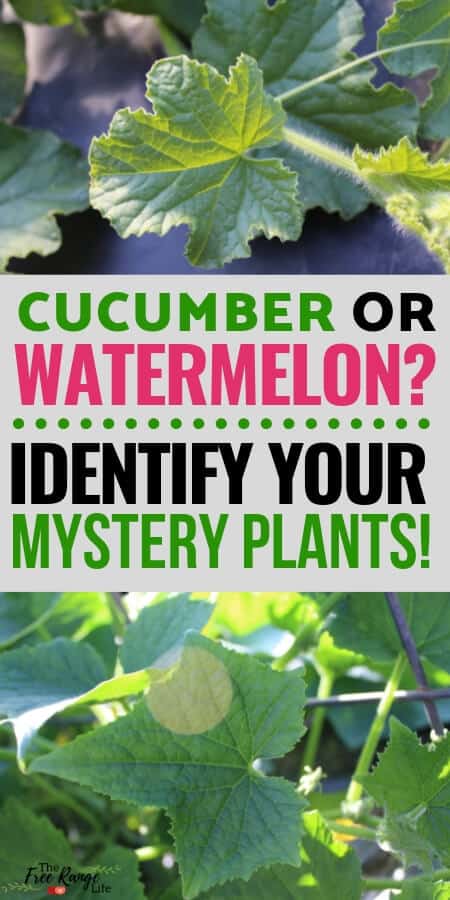



What Does A Watermelon Plant Look Like A Visual Guide




Growing Spaghetti Squash From Seed To Harvest




Identifying Squash Plants By Leaves Gardening Dream




Cucurbita Pepo Acorn Squash Courgette Field Pumpkin Marrow Ornamental Gourd Patty Pan Squash Pumpkin Spaghetti Squash Squash Summer Squash Winter Squash Zucchini North Carolina Extension Gardener Plant Toolbox




Wilting Cucurbits How To Identify Problems In The Field Horticulture And Home Pest News




Tips Information About Squash Gardening Know How




Squash Leaf Identification Squash And Awe




Spaghetti Squash Plants Leaves Have Brown Spots After Heavy Rain What Is This And What Is The Solution Literally Sprang Up In A Day R Gardening




How To Grow Spaghetti Squash My Garden Life




More Squash Practice Differentiating Squash Species Squash Practice




How To Know Bush Squash From Vine Squash
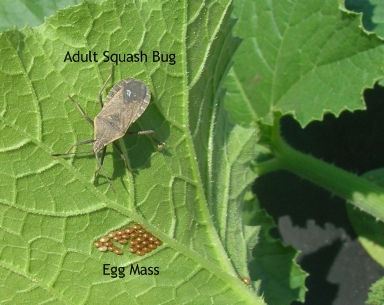



Squash Bugs How To Identify And Get Rid Of Squash Bugs The Old Farmer S Almanac
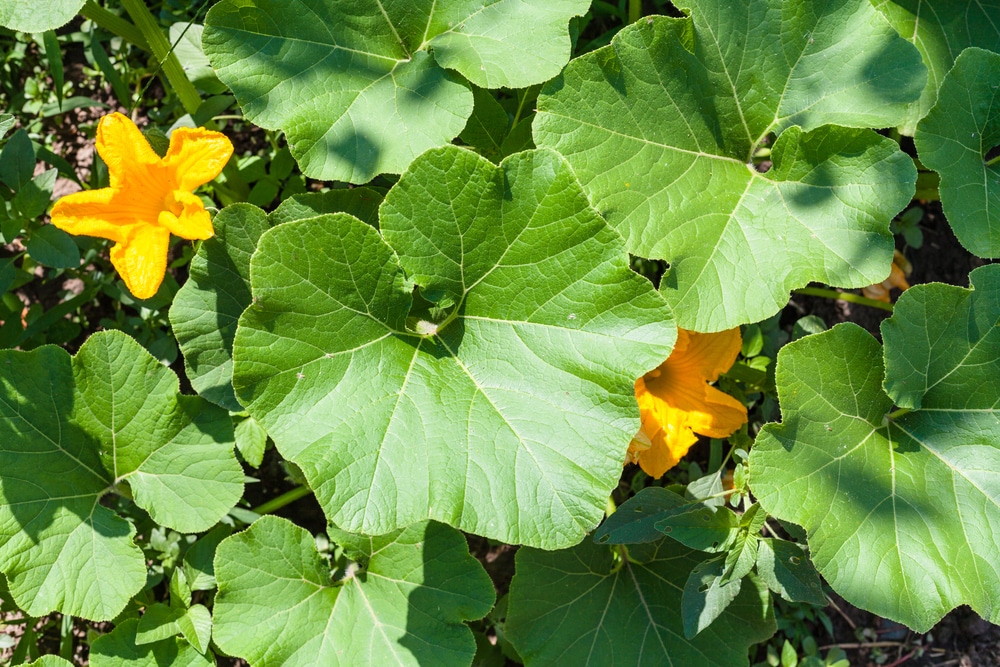



Squash Leaves Everything You Probably Didn T Know




Growing Squash Plants General Planting Growing Tips



How To Identify Squash



1




Squash Growing Guides Tips And Information Gardener S Path
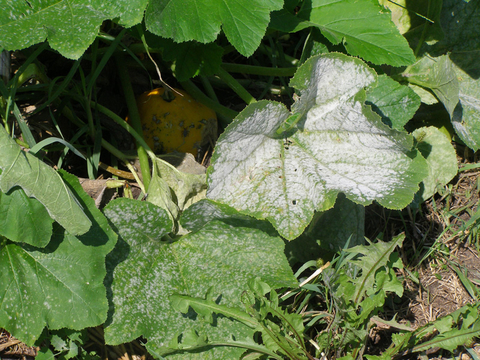



Powdery Mildew Of Cucurbits Umn Extension
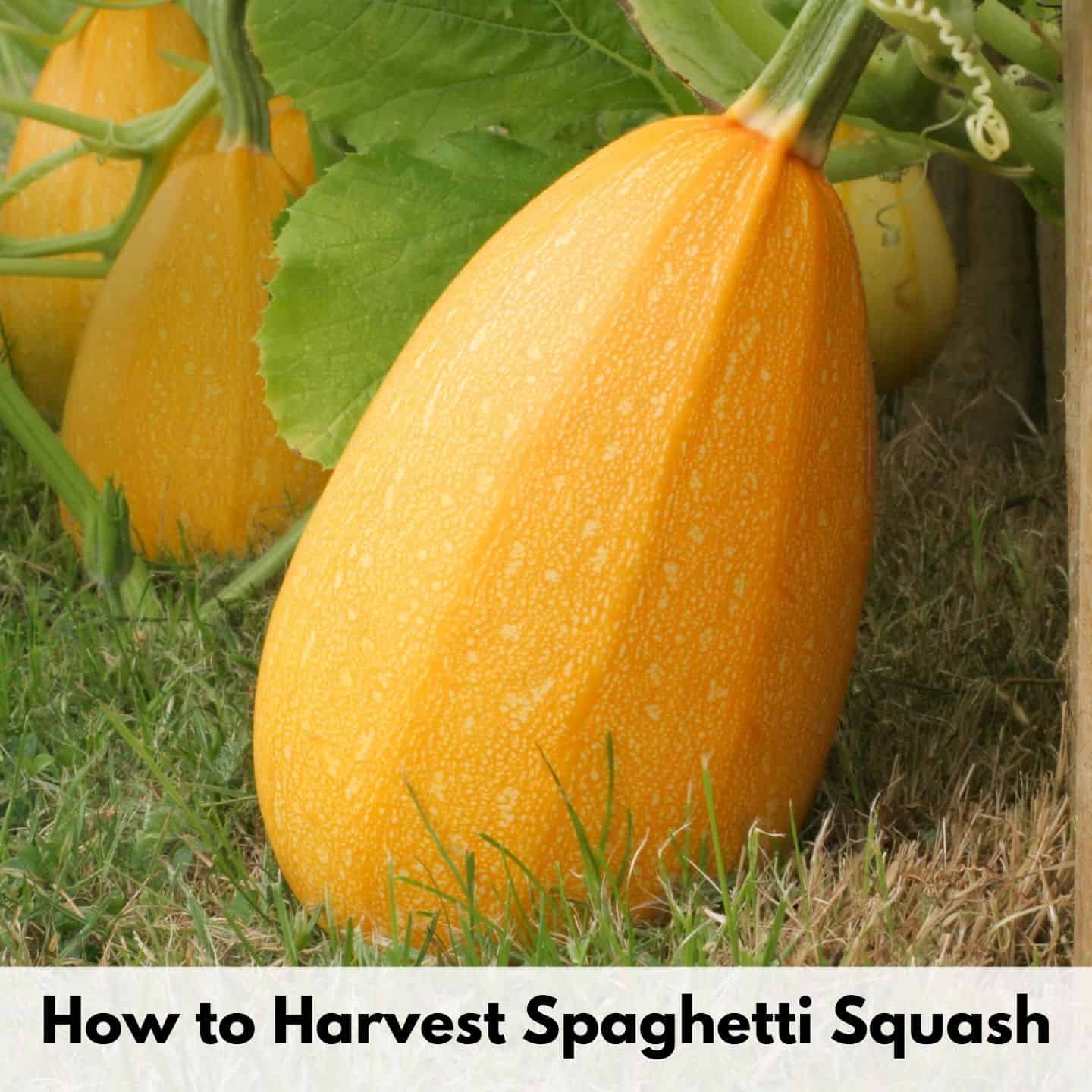



When To Pick Spaghetti Squash And How To Cure It For Storage Together Time Family
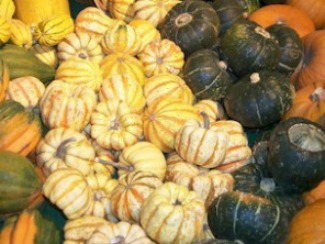



Types Of Squash Summer And Winter Squash Whats Cooking America




How To Identify Powdery Mildew On Squash Zucchini And Cucumber Plants Mfg 14 Youtube




Squash Leaf Discoloration Id Tomatoville Gardening Forums



Diagnostic Key Diseases Of Cucurbit Leaves




Growing Squash Plants General Planting Growing Tips




Vegetable Cucurbits Leaf Spots Center For Agriculture Food And The Environment At Umass Amherst
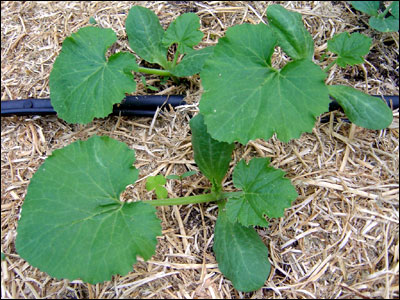



Plant Id Vegetables Squash Zucchini Florida Master Gardener Volunteer Program University Of Florida Institute Of Food And Agricultural Sciences




Summer Squash Home Garden Information Center
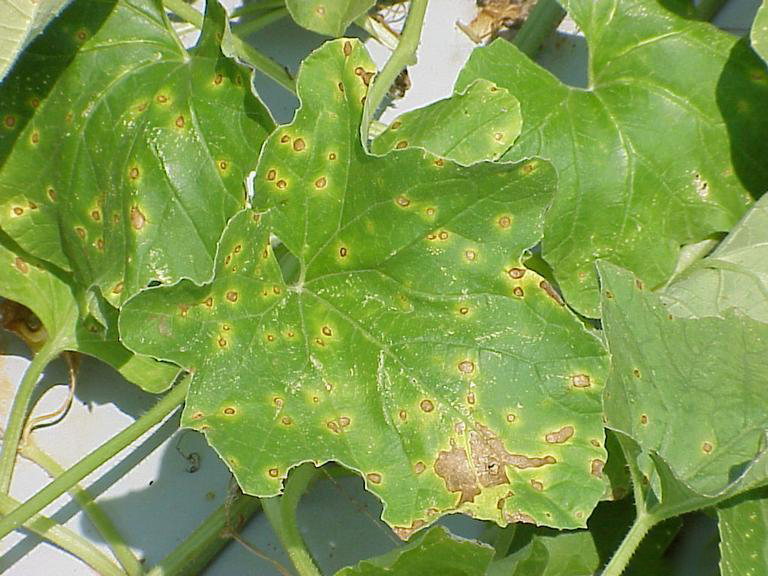



Sunburn Sunscald Squash Diseases And Spider Mites Ipm Pest Advisories




Growing And Cooking Spaghetti Squash
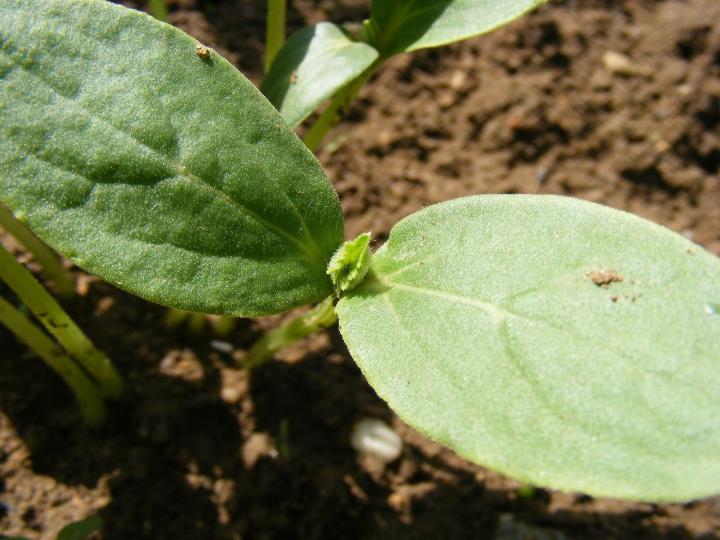



Vegetable Seedling Identification Pictures And Descriptions Of Common Vegetables The Old Farmer S Almanac
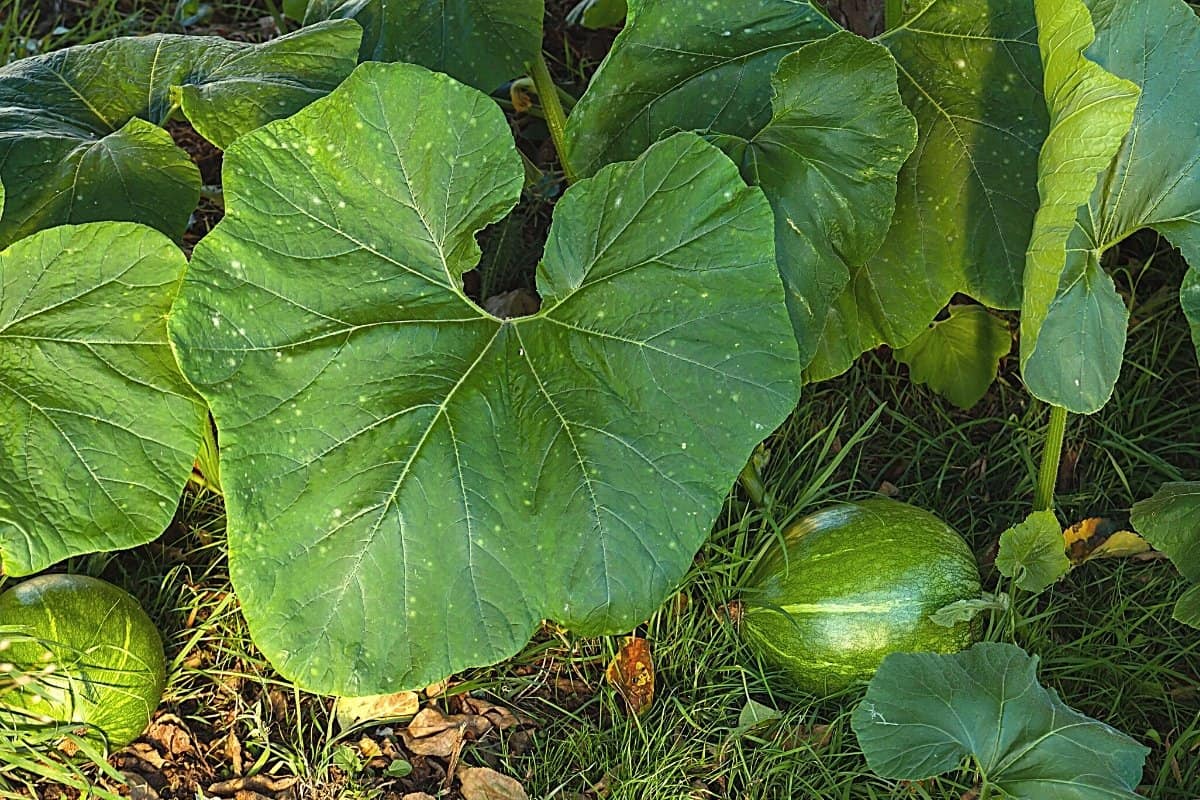



Identifying Squash Plants By Leaves Gardening Dream




Vegetable Squash Bug Center For Agriculture Food And The Environment At Umass Amherst




Cucurbita Pepo Acorn Squash Courgette Field Pumpkin Marrow Ornamental Gourd Patty Pan Squash Pumpkin Spaghetti Squash Squash Summer Squash Winter Squash Zucchini North Carolina Extension Gardener Plant Toolbox




How To Control A Squash Vine Borer Infestation Bee And Basil




How To Control A Squash Vine Borer Infestation Bee And Basil




Mystery Squash A Backyard Garden Favorite Veggie Gardening Tips



Can Anyone Identify This Leafy Squash Like Vegetable Plant Quora
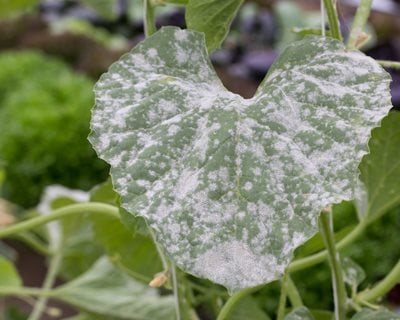



Powdery Mildew Treatment Prevention A How To Guide Garden Design



How To Identify Spaghetti Squash
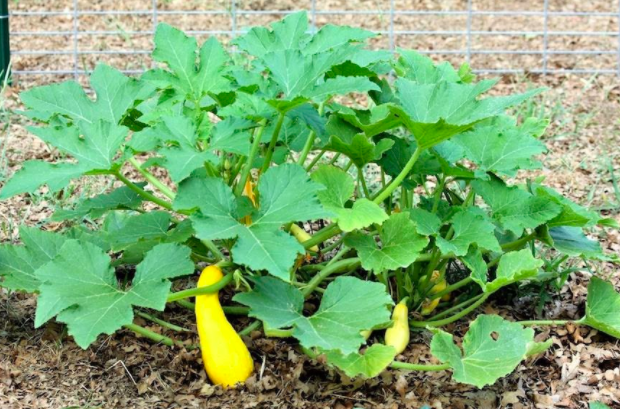



Some Helpful Tips For Growing Squash


